|
This is our final day of another great trip to the Luna y Mares hotel near Guardalavaca in Cuba. We have seen 85 species of butterflies and some other great wildlife, and found some new places to explore further when we come back here later in 2017. We had just the morning to explore before packing up ready for our flight back to Gatwick this afternoon. We checked out the lantana flowers by the balcony at the Mares pool where there were quite a few butterflies nectaring including this Florida Purplewing Eunica tatila. And a quick check of the lagoon where there have been more warblers in evidence since the hurricane than there were before. A male Flambeau Dryas iulia spent a couple of minutes courting a female but was rebuffed. I had one final failed attempt to get reasonable pictures of Fiery Skipper Hylephila phyleus in the horse field at the front of the hotel that we had seen here almost daily and then ensued a few minutes of panic as a Southern Dogface Zerene cesonia flew around the field nectaring on the blue porterweed with me in hot pursuit before it finally settled - a good find as we have only seen this species twice before. It was only 100m from here to the little clearing where all the blues and hairstreaks were a couple of days ago. The numbers were fewer this morning but there was still a Martial Scrub-Hairstreak Strymon martialis. As I stood under the shade of a tree a Cuban Leafwing Anaea cubana flew down and started laying on the small Croton origanifolius bush beside me. It was too close to focus and so I had to move back slowly and watch as it flew round and chose another leaf on which to lay curving its body up to lay a single egg on the underside. I watched it lay several eggs like this before flying off to find another bush and I had a chance to examine one of the eggs. What a great way to finish the trip.
0 Comments
We often use Alejandro and his blue Chevy for local taxi journeys and we got him today to take us a couple of miles to the east where we saw quite a few more Mangrove Buckeye Junonia neildi in the mangroves behind the beach and Impostor Duskywing Gesta gesta and Antillean Crescent Antillea pelops. We then went on to Yaguajay south-east of Guardalavaca where we have seen some nice things in the past but the fields that we have been to before are rapidly scrubbing over and have become impossible to enter but we did see our first Cuban Leafwing Anaea cubana of the trip and three Caribbean Daggerwing Marpesia eleuchea. as well as Smudged Yellow Eurema lucina and a Cuban Snout Libytheana motya. Back at our hotel and there were two or three Common Terns in winter plumage flying up and down the beach feeding. Lynn was talking to one of the security guards yesterday who told her that fruit bats came to the fig tree Ficus crassinervia (thank you Eddy for the identification) beside the wedding gazebo each evening at dusk. What a great way to spend half an hour as the sun goes down and watching lots of fruit bats come in to this tree, quickly pluck off a fig and fly off with it to feed - a real wildlife spectacular and we were the only people enjoying it!
For the last few days we have been baiting the Jutías with bananas sneaked out of the restaurant, we figure that all-inclusive covers the wildlife too. Each morning I approach the area quietly at first light and each morning the bananas have gone and there isn't much sign of Jutías. But this morning there was this Yellow-crowned Night Heron stood at the spot with a guilty expression on its face. We'll have to work out a new plan. We spent the morning in what we call the horse field which is where the golf course used to be before nature took over. With the recent rain there was now a lot more blue porterweed in flower and we had brief views of a Gold-spotted Aguna Aguna asander nectaring but it didn't stay long. There were several newly-emerged Impostor Duskywing Gesta gesta and a Lyside Sulphur Kricogonia lyside which also looked very fresh. We also saw Bahaman Swallowtail Heraclides andraemon and De Villiers' Swallowtail Battus devilliers as well as Cuban Snout Libytheana motya and Miami Blue Cyclargus thomasi.
It was rather a frustrating morning photography-wise as none of the pictures were coming out as sharp as I thought they should be and I couldn't figure out why. We went out with Carlos, and Joel with his black taxi, to visit one or two places he knew for birds. The first was to try and find Greater Antillean Nightjar that was often to be found in a field with a few cattle. These didn't seem to be aggressive so walked around the field but drew a blank but. As always we found some other nice things including Queen Danaus gilippus and Gray Cracker Hamadryas februa. The endemic Cuban Grassquit is much rarer than Yellow-faced Grassquit probably due to the bird trade and the fact that many people like to keep these beautiful birds in tiny cages in their homes - very sad. We then went on to explore around Playa Pesquero a few miles to the west. There are several hotels here and we decided that the surrounding habitat wasn't as diverse as at the Luna y Mares hotel. There were quite a few mangroves and pools inland from the beach and we saw lots of Mangrove Buckeye Junonia neildi and also a Mangrove Cuckoo, Black Duck and Great Blue Heron. On the way back we stopped at a field where a Short-eared Owl had been feeding for the last few weeks. Back in the Luna y Mares hotel grounds after lunch I again had brief glimpses of two Desmarest's Jutía Capromys pilorides but they were very wary so I went back to the small clearing behind the Gaviota building at the front of the hotel. It's funny how one small area can have few butterflies one day and be teeming the next. Today there were nine species including seven Lycaenidae nectaring on four or five small Croton origanifolius bushes that were flowering. It must have been the combination of the rain a couple of days ago and the Croton coming into flower. The list was: 1 Antillean Crescent Antillea pelops 1 Tropical Checkered Skipper Burnsius oileus 4 Miami Blue Cyclargus thomasi 4 Nickerbean Blue Cyclargus ammon 2 Ceraunus Blue Hemiargus ceraunus 10 Cassius Blue Leptotes cassius 2 Mallow Scrub-Hairstreak Strymon istapa 1 Limenia Scrub-Hairstreak Strymon limenia and best of all 1 Martial Scrub-Hairstreak Strymon martialis Having only seen this last only a couple of times before, and both only briefly, it was nice to watch one at leisure and at close quarters. And of course while they look great from the side it is only from the rear that they show the amazing adaptation of what at times looks like ferocious red eyes and at other times a pair of equally ferocious pincers depending on the angle of view. Isn't evolution amazing! The day wasn't quite over as on the way back from the restaurant at supper we found this Eastern Giant Toad Peltophryne peltocephala by the path.
After yesterdays exertions we spent today walking the local tracks near the Hotel Luna y Mares. One surprise was seeing several Oriente Warbler. We have seen these further to the east but never before here near the hotel. This endemic is found along the north coast as far as Villa Clara Province and seems to be the eastern equivalent of Yellow-headed Warbler that occurs as a disjunct species further to the west. And I never tire of photographing the Cuban Tody. What amazing little gems they are. And sticking with the birds I spent a while at the lagoon in the afternoon as there always photo opportunities here though I don't think I got the exposure quite right on these Great White Egrets. A new butterfly for us in this area was a Poey's Swallowtail Heraclides caiguanabus. And we also saw another Cuban Longtail Chioides marmorosa to follow the one we saw yesterday. There was also a fresh emergence of Impostor Duskywing Gesta gesta following the rain There aren't many things that can hurt you in the countryside in Cuba. Some plants are best avoided as they can cause a serious rash and blistering and I always give these wasps the respect they deserve by not invading their space as they can and do sting.
We meet lots of interesting people at the hotel and Lynn had got chatting last week to a German couple Bernd and Bita. Bernd had shown us how to access the roof terrace of the Mares side of the hotel and the superb views that you can get from up there. He had pointed out a coral limestone hill in the distance and said that he always takes a walk up there during his trips (they are also regular visitors) and suggested that we do the walk together. Always up for a challenge and the chance of going to somewhere new we decided that today would be a good day. We were hoping that it would be a little cooler after the hurricane but that wasn't the case as the sun rose higher - it was over 30°C and very humid. After walking for an hour along the road we turned off through a field and Bernd pointed out the hill in the distance, far right on the picture. Bernd knew a lot about the plants here so whilst he explained about these I pointed out the other wildlife. And there was plenty of it. Cacti are often planted as living hedges as they are cheaper and longer-lasting than timber or wire. A Smooth-billed Ani sat on top of one of these. Through a farmyard of goats and then onto a track where we passed under an archway marked Cerro de Yaguajáy which was where we were headed. The path narrowed and the number of butterflies increased with first a Chestnut Leafwing Cymatogramma echemus and then lots of Antillean Crescent Antillea pelops, about 30 of them which is many more than all the ones we had seen before put together. And then a couple of skippers - Common Long-tailed Skipper Urbanus proteus is common enough but then the endemic Cuban Longtail Chioides marmorosa buzzed about and settled in front of me. This is a real rarity and although we have found larvae near the hotel we have never seen an adult here before. The path narrowed and climbed and we reached the edge of the rock face with the path going up a series of flimsy rotting timber ladders. Lynn was finding it hard to get up these as they were very slippery so we left her for the mozzies and Bernd and I pressed on. The microclimate here was very different with several species of large centipede and many fiddler crabs occupying snail shells of various sizes. There were also some nice reptiles in this area including two new species for us. The first was found by Lynn as she sat waiting for our return and is called Spanish Flag Anole Anolis allogus presumably a reference to the colour of the dewlap. And the other was a Central Pallid Anole Anolis centralis which we found near the top. Another good find was a pupal exuvia of Caribbean Faceted Skipper Synapte malitiosa (thank you Douglas for the id). The shed head capsule is usually the best feature to use for the id of skippers as for many species these are diagnostic. On the way down we saw a Lesser Cuban Racer Caraiba andreae and a courting pair of Smudged Yellow Eurema lucina. When we were most of the way back we were very pleased to see Fidel's horse and trap by the road as he was checking on his other horses in the field, and he willingly took us back to the hotel and saved us the final trudge in the full heat of the sun. We'll definitely go back there again on our next trip later this year as it warrants further exploration and we might even cheat and get Fidel to take us in style for a good part of the journey.
We woke at first light and looked out of our window on the ground floor to find thankfully that nothing had changed and there was no visible damage. It was a bit blowy and had rained a bit but was obviously still quite warm as I saw a Little Yellow Pyrisitia lisa fly by. We tucked into our packed breakfast to find that there was yoghurt but no spoon, and jam but no knife to spread it! That’s Cuba! The all clear knock came at 9am so we were free to explore and talk to the staff. Many had been worried that their homes and families were at risk while they were here at work but thankfully no-one was hurt though some had suffered some damage to their homes. Amaury the Head Gardener rushed to find us at one point to tell us that one of his staff had just reported seeing a large snake in the hotel so we set off quickly to try and find it. We had been told by several people recently that they had seen presumably the same large snake outside in the flower beds nearby but every time we looked it wasn’t there. It had come in presumably to get out of the rain and had found a place to shelter beneath the handrail of a ramp. Enough of it was visible to make out that it was a Cuban Boa Chilabothrus angulifer and quite a big one at that, several feet long and quite thick. It was the first time we had seen this species and frustrating not to get a decent view of it. The sea was not as rough as we expected and so it was frustrating not to be allowed onto the beach. Fair enough to stop people swimming but there was no danger whatsoever on the beach. At my age I don't like being treated like an 8-year old. So I had to be content with watching for seabirds using my telescope (glad I brought it) from the balcony next to the Mares pool – under shelter since there was still the odd squall of rain coming through. The sea didn’t disappoint and I saw Royal, Least, Gull-billed and American Common Terns, 2 Frigatebirds, 1 Sooty Shearwater, I Arctic Skua (Parasitic Jaeger) and best of all an adult Brown Noddy which was a new bird for me.
Today, we were told was going to be the day, well tonight at any rate. All the remaining guests were moved yesterday into rooms in one area on the lower two floors at the Mares end of the hotel. We again spent the day around then gardens and local trails. I photographed some more anoles, one of which was an interesting reddish colour morph of Cuban Brown Anole Anolis sagrei and another pale one that I think is a female of the same species. Several Large Orange Sulphur Phoebis agarithe were nectaring on the Ixora hedges. We found a pair of Florida White Glutophrissa drusilla in cop and once again there were several Antillean Crescent Antillea pelops on the track behind the Gaviota building. This area and the little clearing there is always a good place to see nice butterflies as there are always some nectar sources here. We watched both male and female Concolorous Skipper Burca concolor, the male settling on the ground and the female nectaring on the flowers of a Croton bush. Once again I searched the Serjania plants for larvae or pupae of Caribbean Banner Lucinia sida but all I could find was one empty pupa. We were told that that we would be confined to our new rooms at 8pm after our supper this evening, our picnic breakfast would be brought to us in our rooms this evening and we were not to come out under any circumstances until we had a knock on the door on the following day. We were told that if and when the wind got bad during the night we were to go into the bathroom, shut the door and stay there until we were told to come out. We went to bed early figuring that as we are light sleepers the wind would wake us later if it got bad, but it never did and we got a good night's sleep in the bed! I wasn't much looking forward to sleeping on the bathroom floor anyway as Lynn had reserved the bath! We learnt in the morning that some folk had taken the instructions rather too literally and had spent a very cramped and uncomfortable night.
All the indications on the hurricane from the frequent updates given to us by our lovely Thomas Cook rep Nancy and the track of its location was that the eye was going to hit well to the east of where we were but hurricanes can change path at any time so it’s best to be prepared for the worst. We also didn’t know how big it was - some can be hundreds of kilometres across. Texts from friends and family at home with access to the internet were warning of rain in biblical proportions. But before that there was still time for wildlife watching and although it was now largely cloudy with the light not very good it was warm there were still lots of butterflies and anoles about. Down at the wooden bridge over the lagoon there were few warblers in the mangroves. In fact there had been a dearth of small birds in the last few days – it is known that birds are able to detect storms from long distances away so perhaps they had all moved off to the west out of harms way. There was a Yellow Warbler still present and a Green Heron sat on the rail before ruffling its feathers and jumping back into the mangroves. A Caribbean Daggerwing Marpesia eleuchea, seven Mexican Sailor Dynamine postverta, ten Caribbean Banner Lucinia sida and a Eufala Skipper Lerodea eufala were the best. We had never seen this skipper close to the hotel before and never seen this number of Caribbean Banner either. Many were clearly females flying around the foodplant Serjania diversifolia testing the leaves looking for somewhere to lay but after some time watching I didn’t see any actually do so. A search of the leaves produced one egg laid on the upper surface. It was pale green in colour with a distinctive white top. At the hurricane meeting at 1pm we were told the beach and pools were now off limits and that the latest prediction was that the hurricane would arrive later tomorrow. The afternoon was spent getting set up in our new room and working out logistics.
When we arrived back at the hotel last night we were told that there would be a hurricane update meeting by the Thomas Cook rep at 11 am this morning and that everybody must attend. Here we were told that as a hurricane warning had now been given, overall safety and preparations were now in the hands of the Cuban Security and that everyone had to comply with any instructions given. Basically we now confined to the hotel and its surrounds, there would be no trips out and from tomorrow no alcohol would be served until the hurricane had passed – sensible precaution as people can do silly things when they have had a few. All the boats, sun shades and sun beds were all moved to safety, tied together and strapped down preparing for the worst. Many of the staff remembered clearly the devastation here after Hurricane Ike in 2007 when it took them nine weeks just to clear up the wreckage in the hotel grounds. We were told there would be regular update meetings, the next at 1pm, and at this it was announced that those with return flights on Monday and Tuesday would be transferred to Cayo Coco by coach at 5pm this afternoon and then flown back home from there. Cayo Coco is on the north coast 400km to the west. Other people would remain for the time being. We were quite pleased about this as we didn’t fancy a long coach drive. Apart from all the preparations going on and few people about everything was remarkably peaceful around the hotel… We spent a while photographing Cuban Coast Anole Anolis jubar that we had hardly noticed here on previous occasions but at this time of year seemed to be particularly active with males with readily displaying their dewlaps as a warning to others. They have a yellow patch at the base of the dewlap with a crest on the head, back and tail that are all lacking in Cuban Brown Anole Anolis sagrei. There were still quite a few butterflies about and we saw 27 species today including Devillers' Swallowtail Battus devilliers and Smudged Yellow Eurema lucina which is quite common here. In the late afternoon by the lagoon we watched Caribbean Banner Lucinia sida and Florida Purplewing Eunica tatila while chatting to a nice chap from the adjacent Paradisus hotel. He was a Belgian working on a dredging ship that had been dredging the harbour at Moa when news of the approaching hurricane reached them. They dropped some of their crew who were then relocated westwards while the ship sailed east to Hispaniola and shelter.
|
Welcome to our Blog
Here we will post interesting news about what we and others have seen in Cuba. Archives
July 2024
Categories |
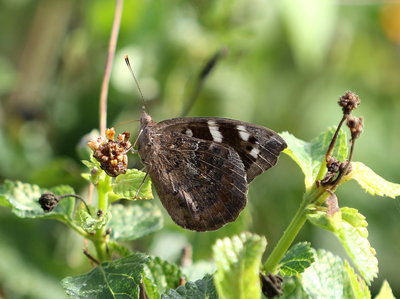
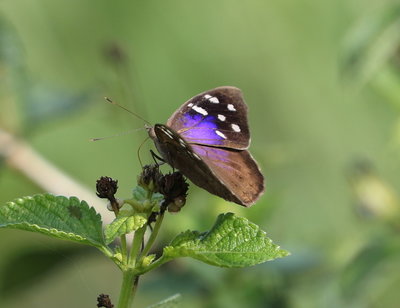
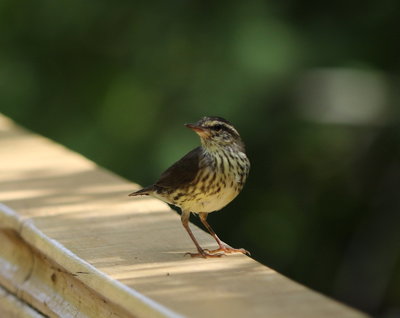
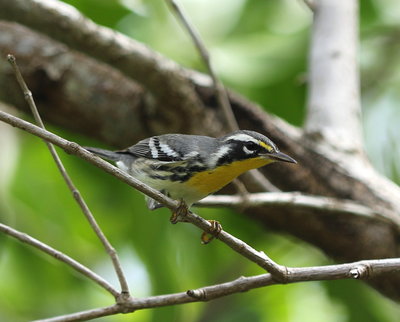
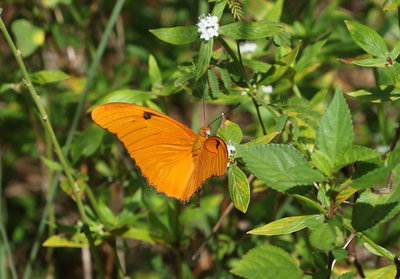
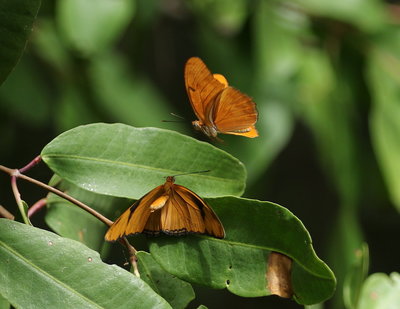
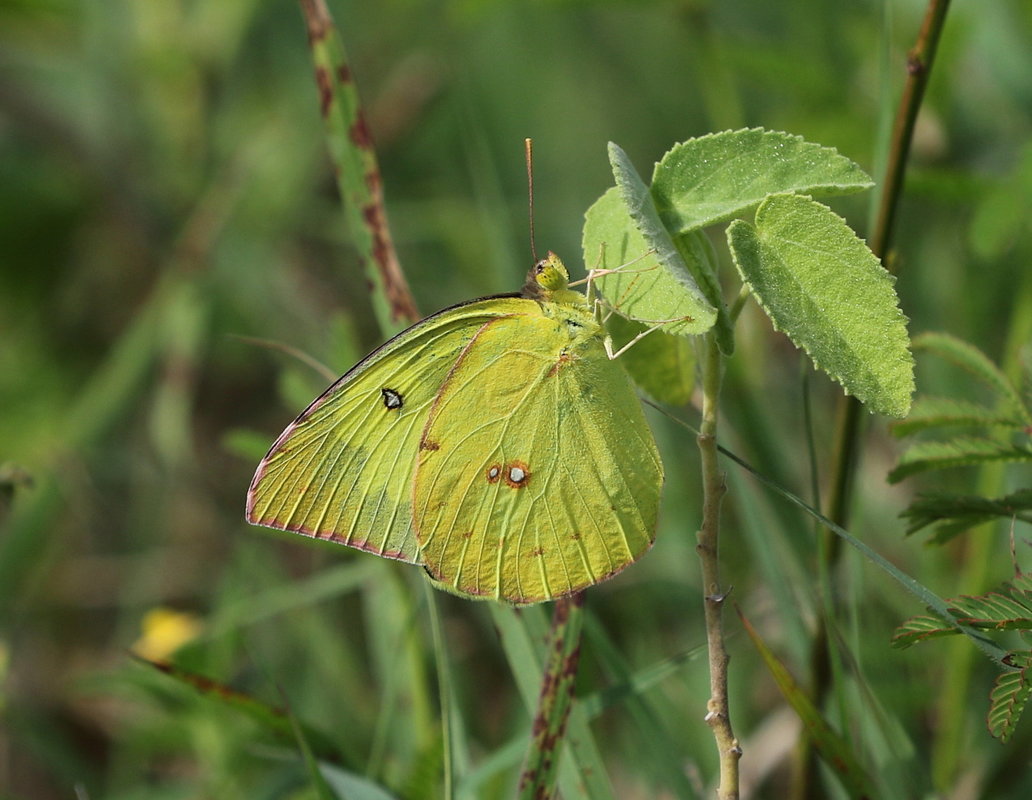
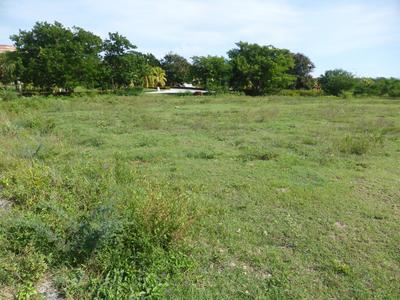
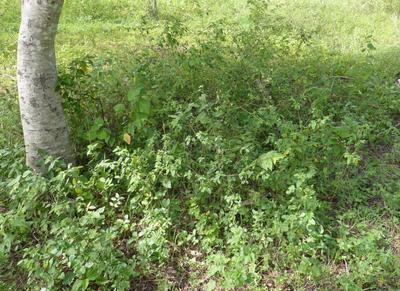
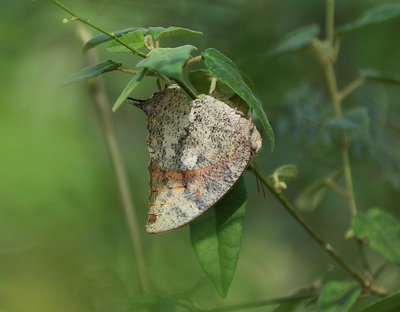
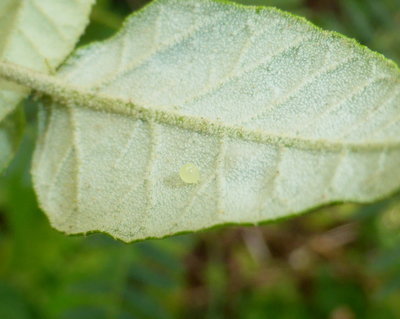
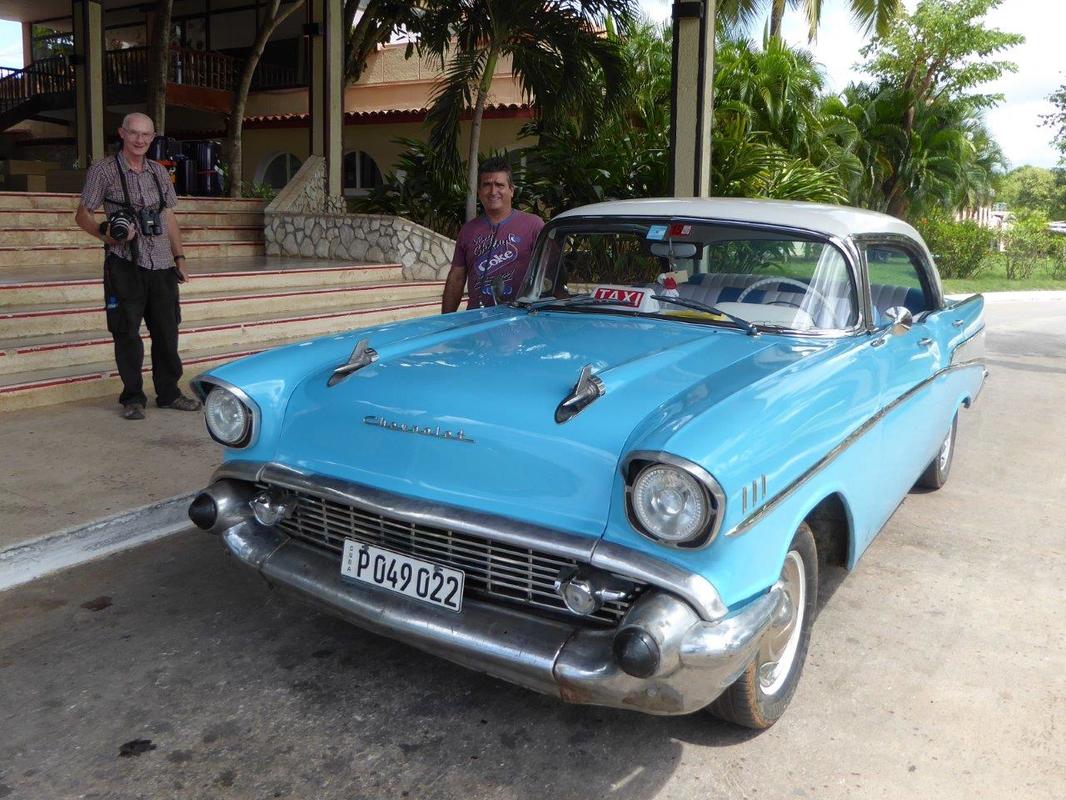
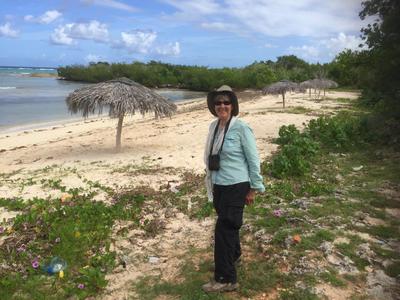
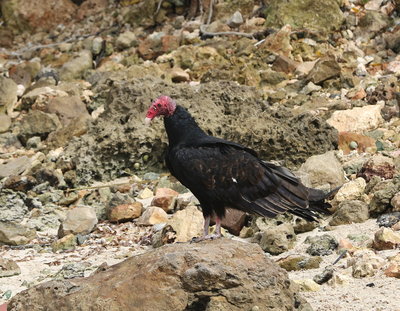
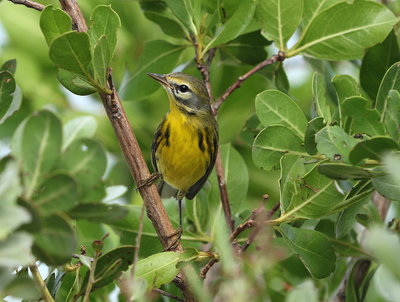
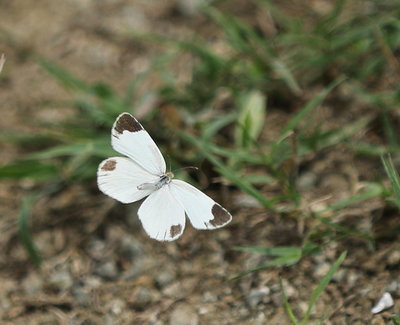
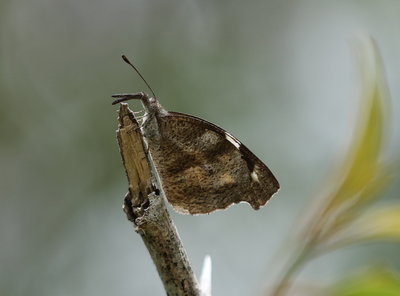
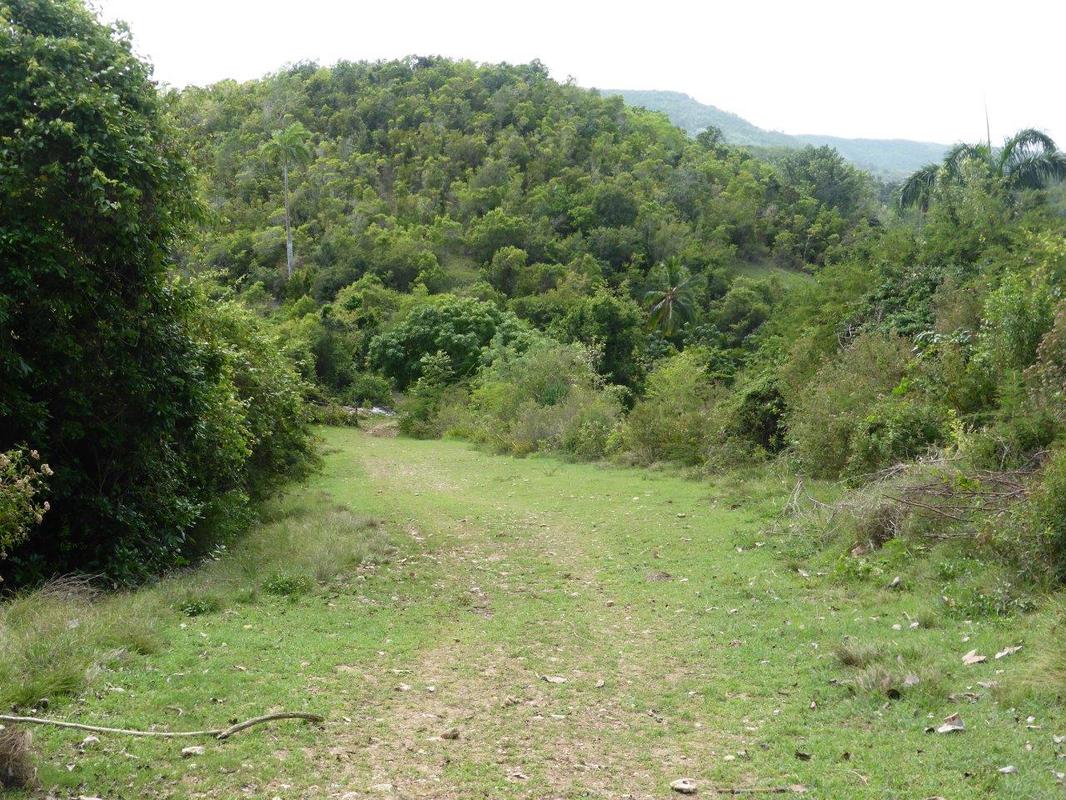
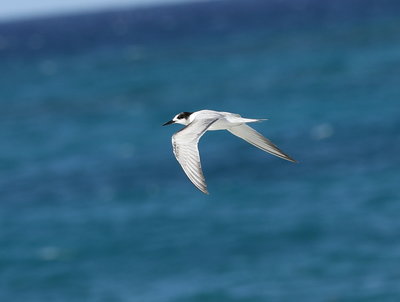
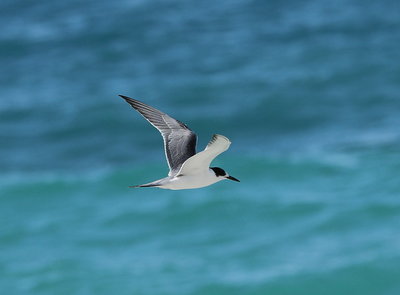
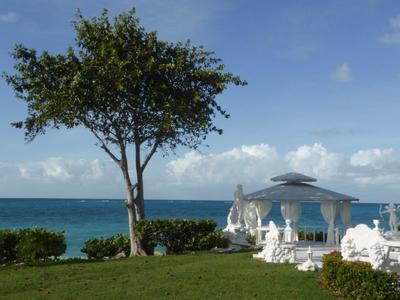
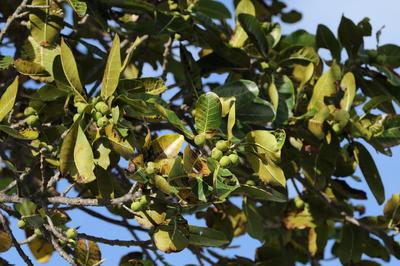
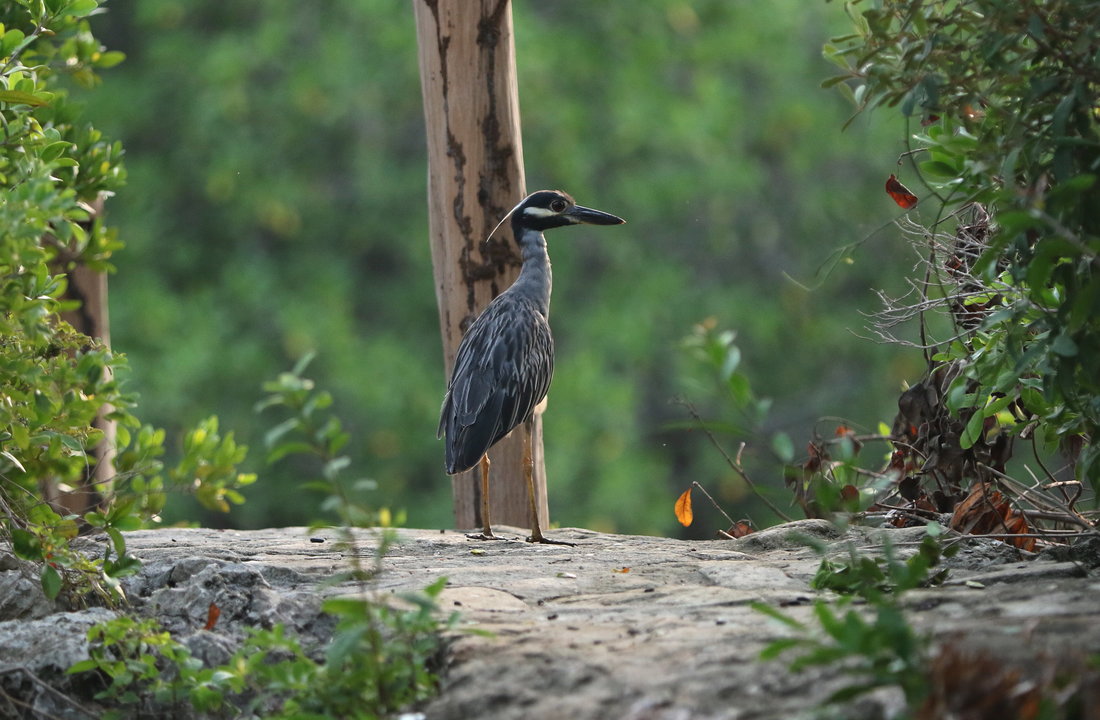
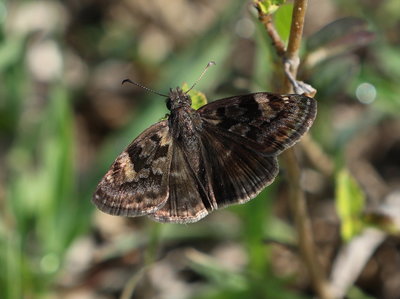
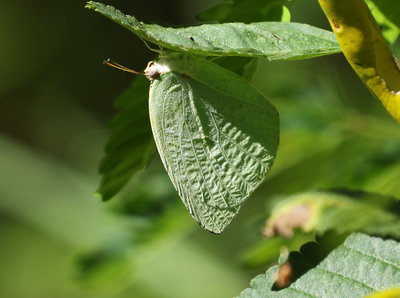
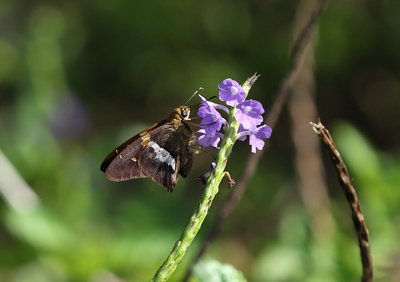
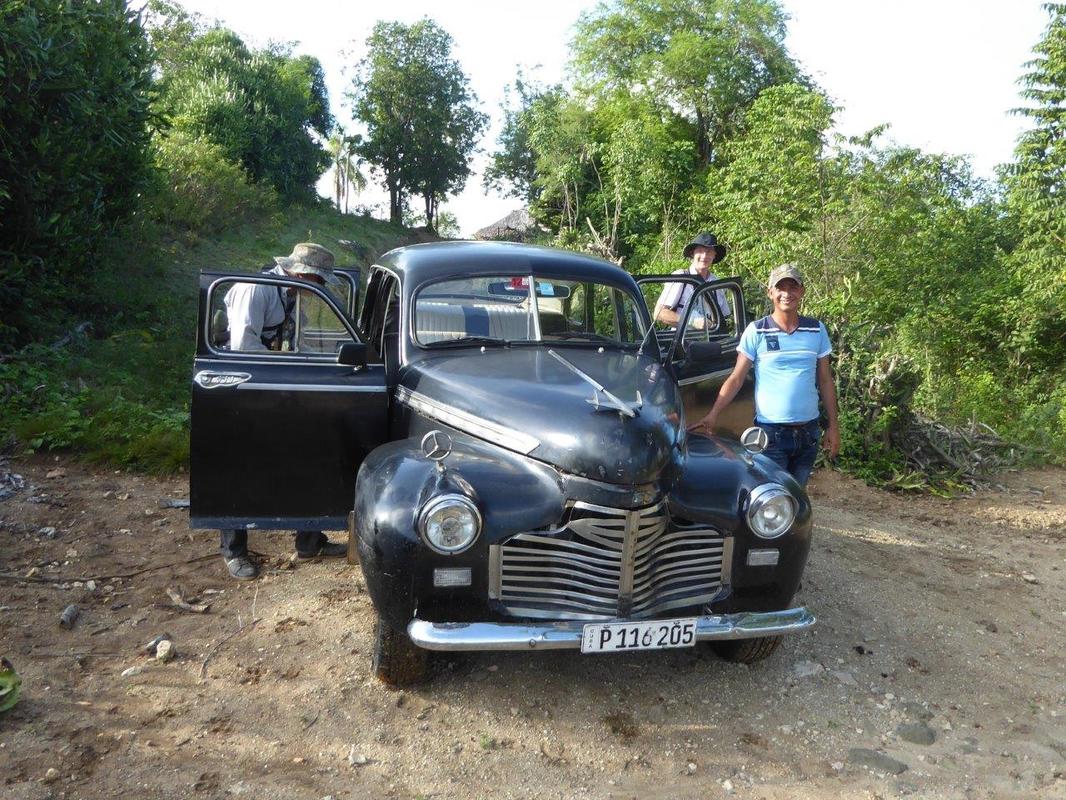
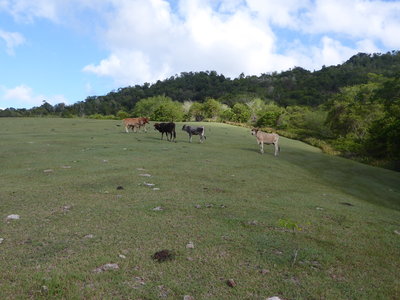
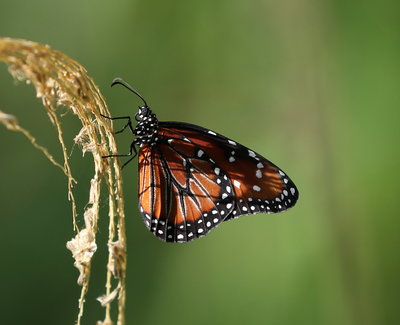
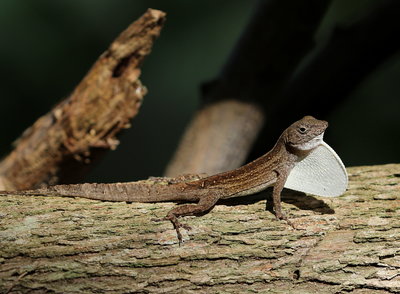
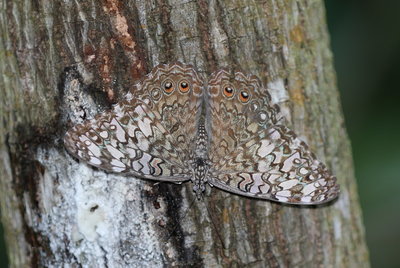
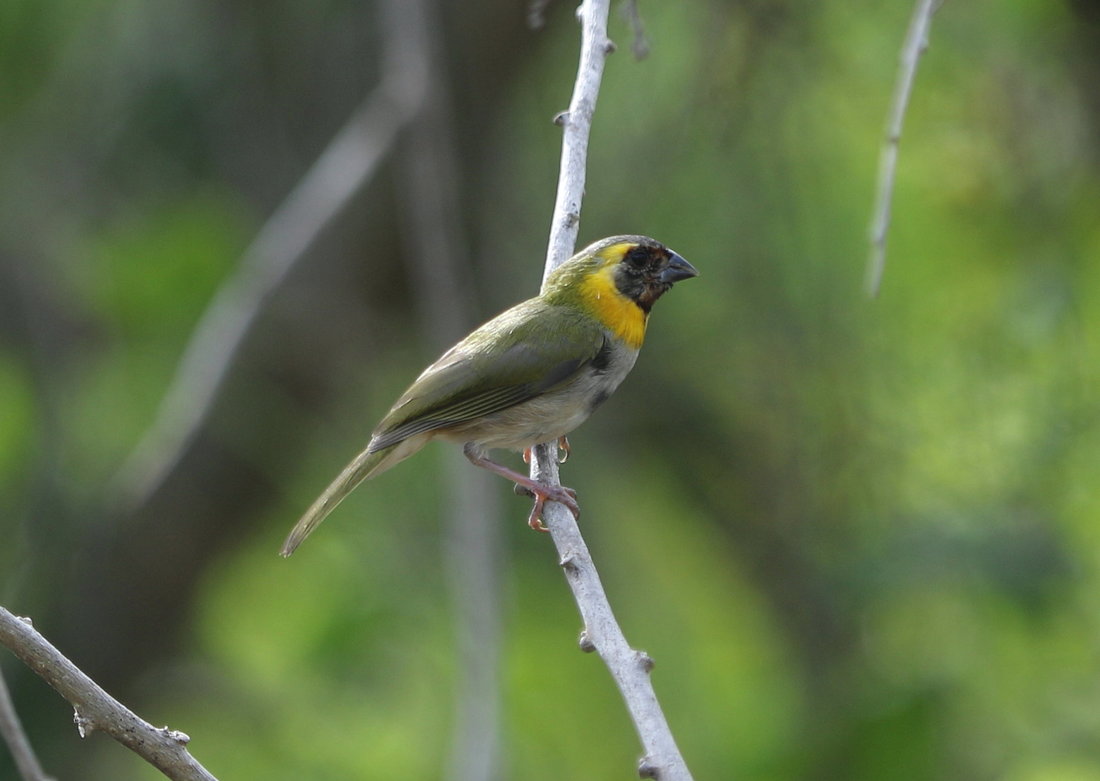
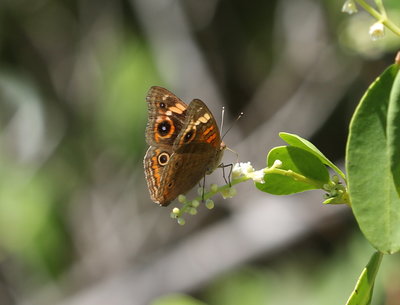
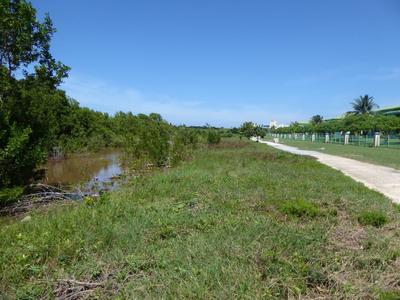
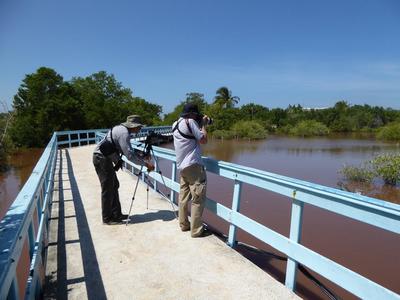
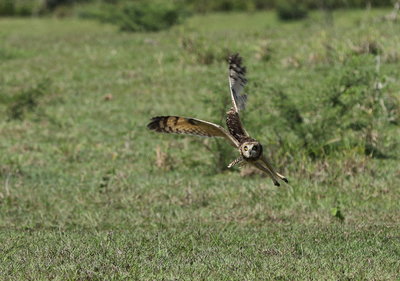
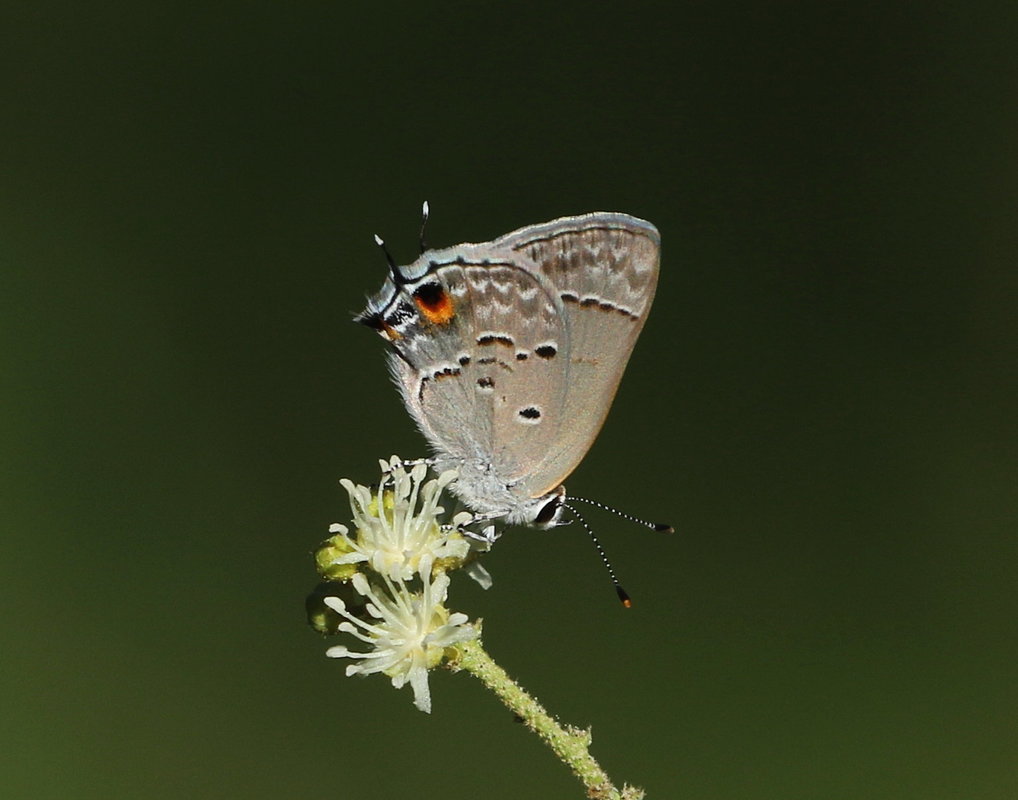
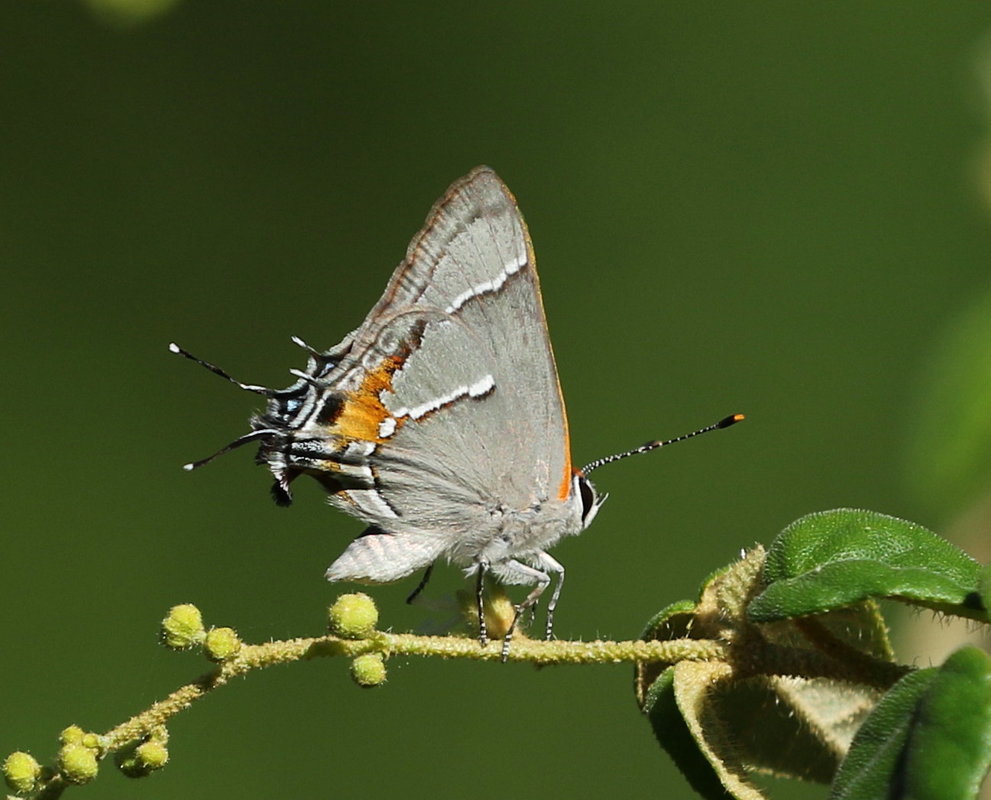
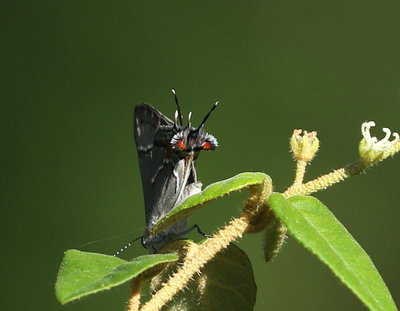
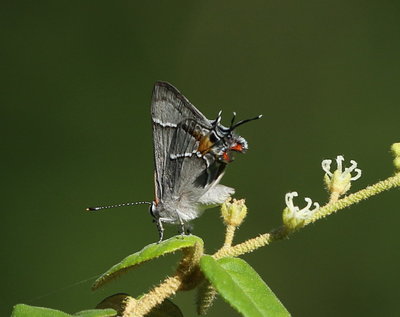
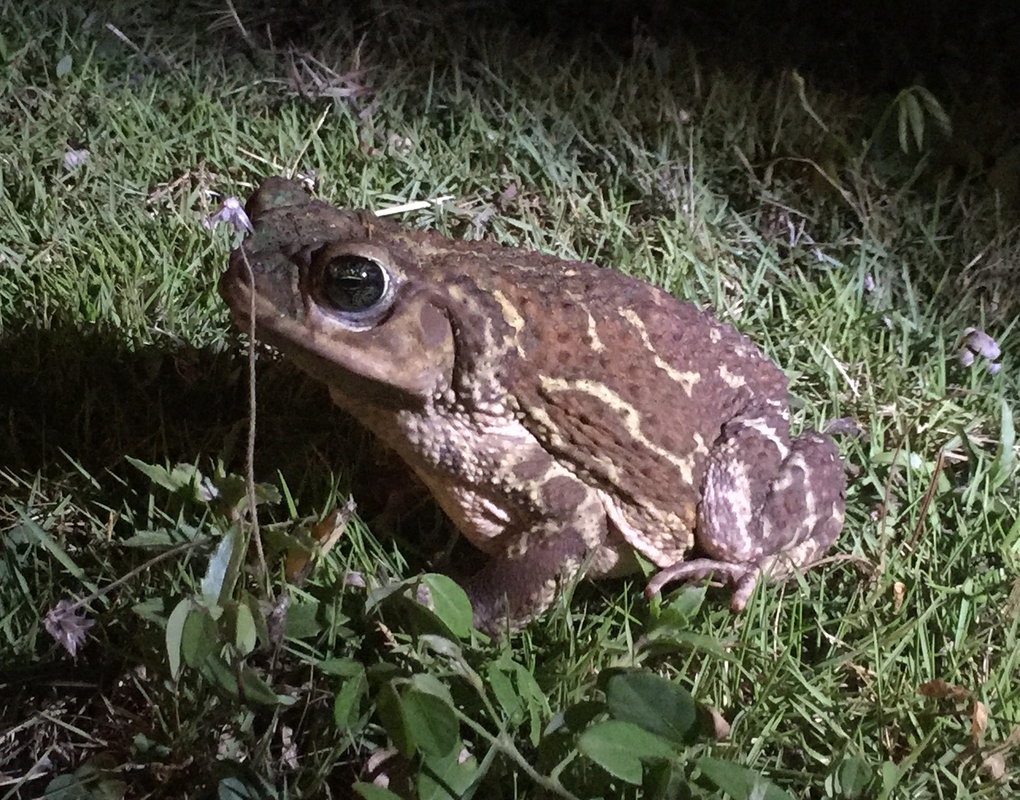
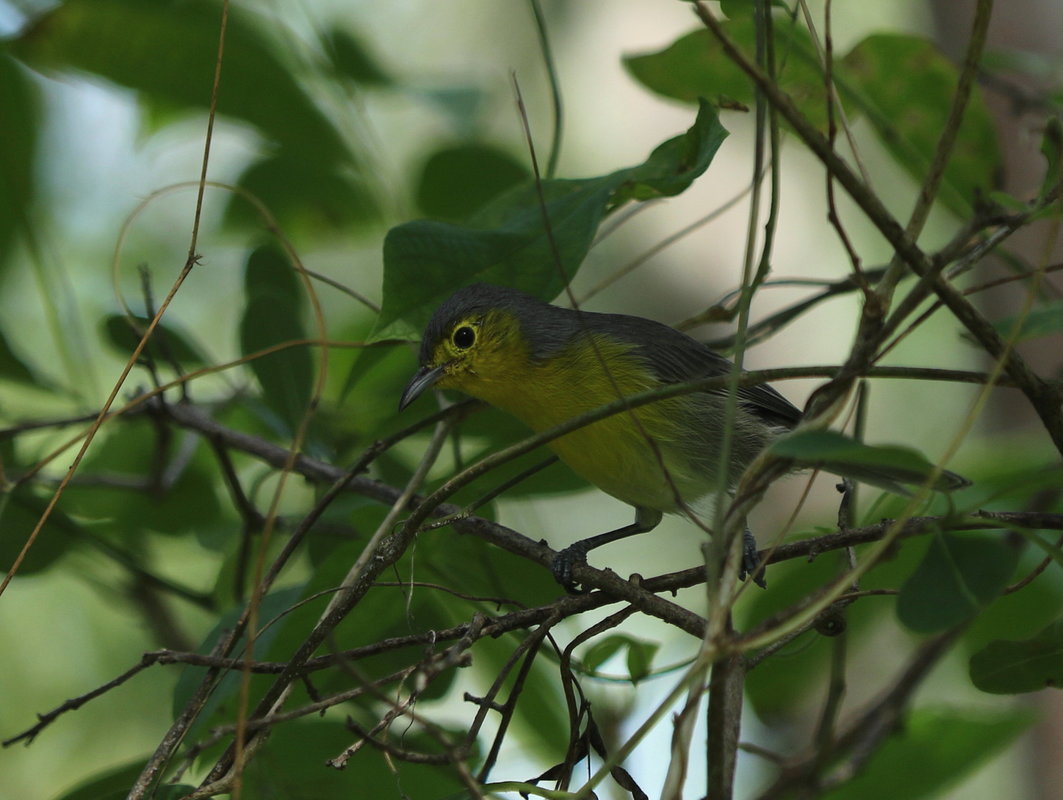
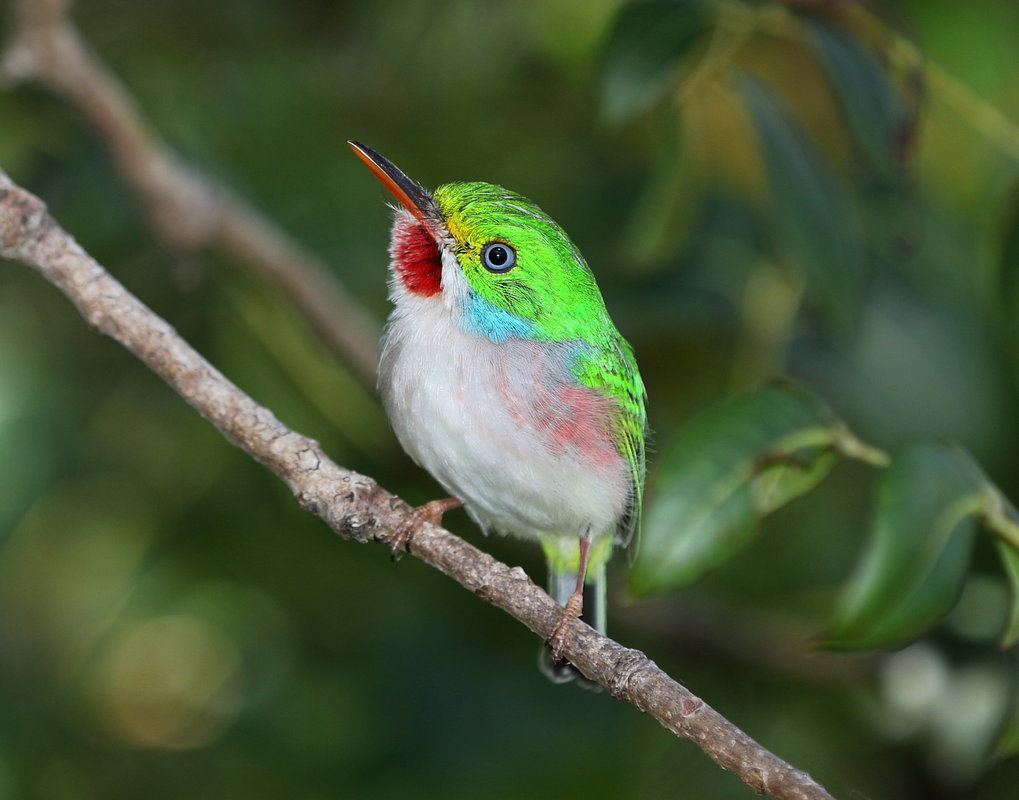
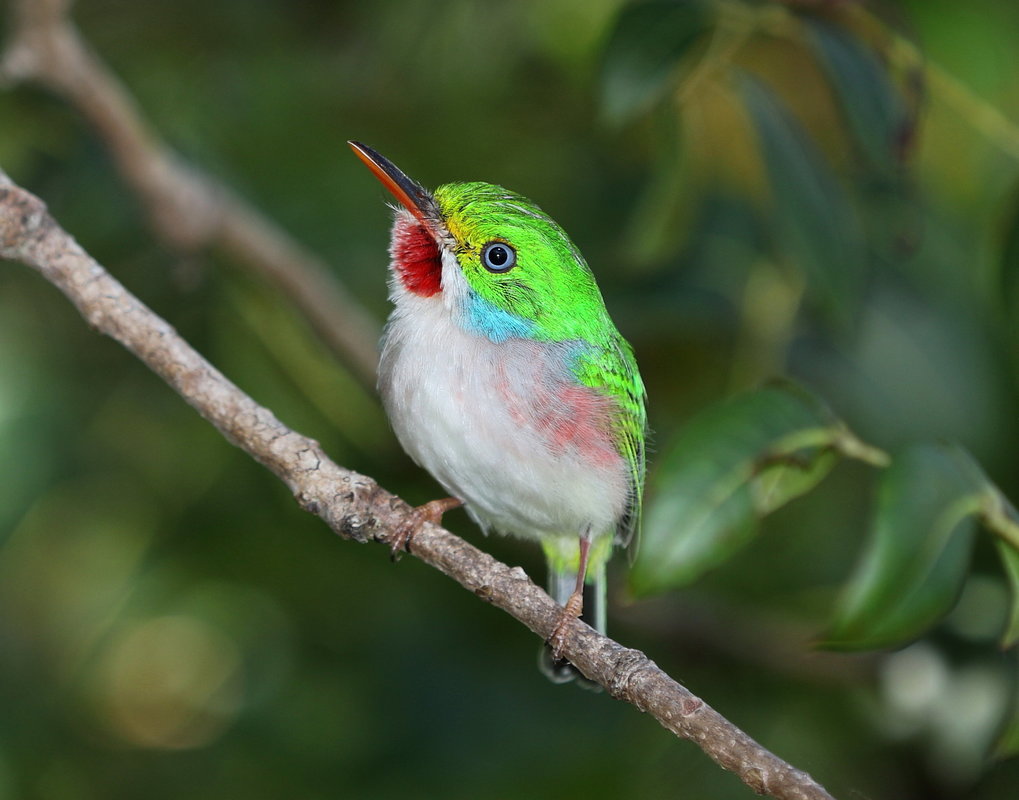
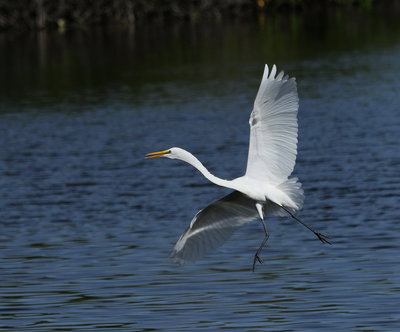
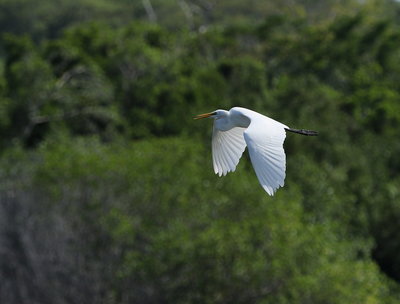
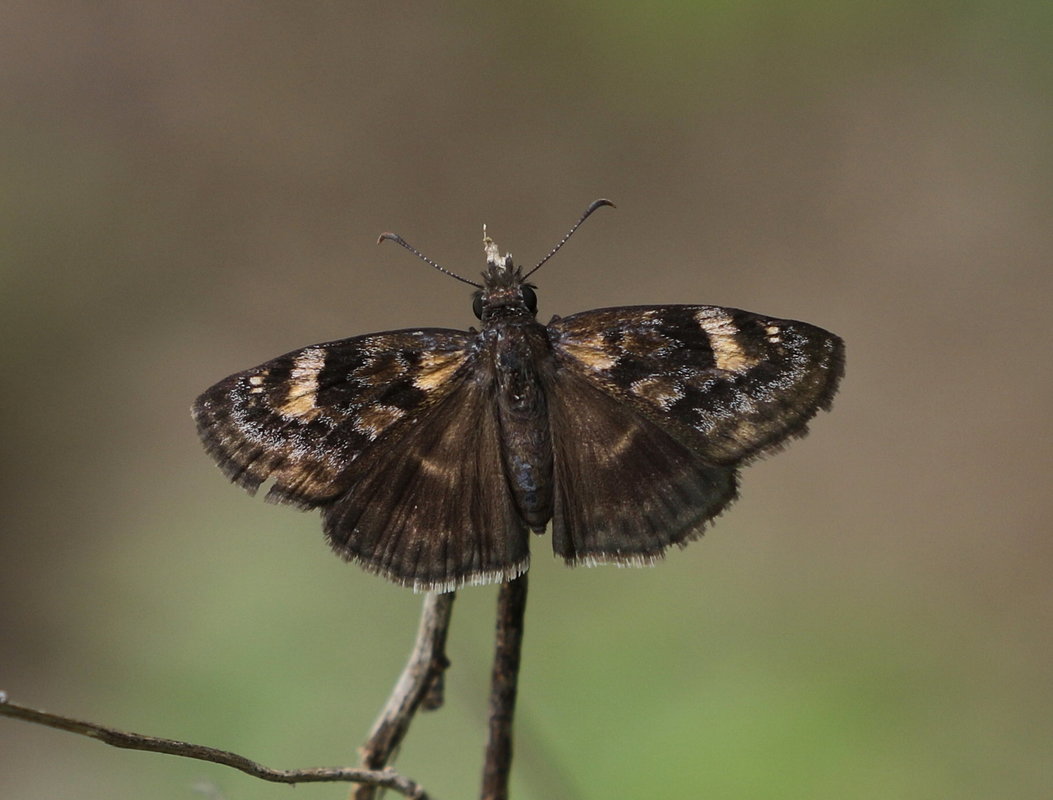
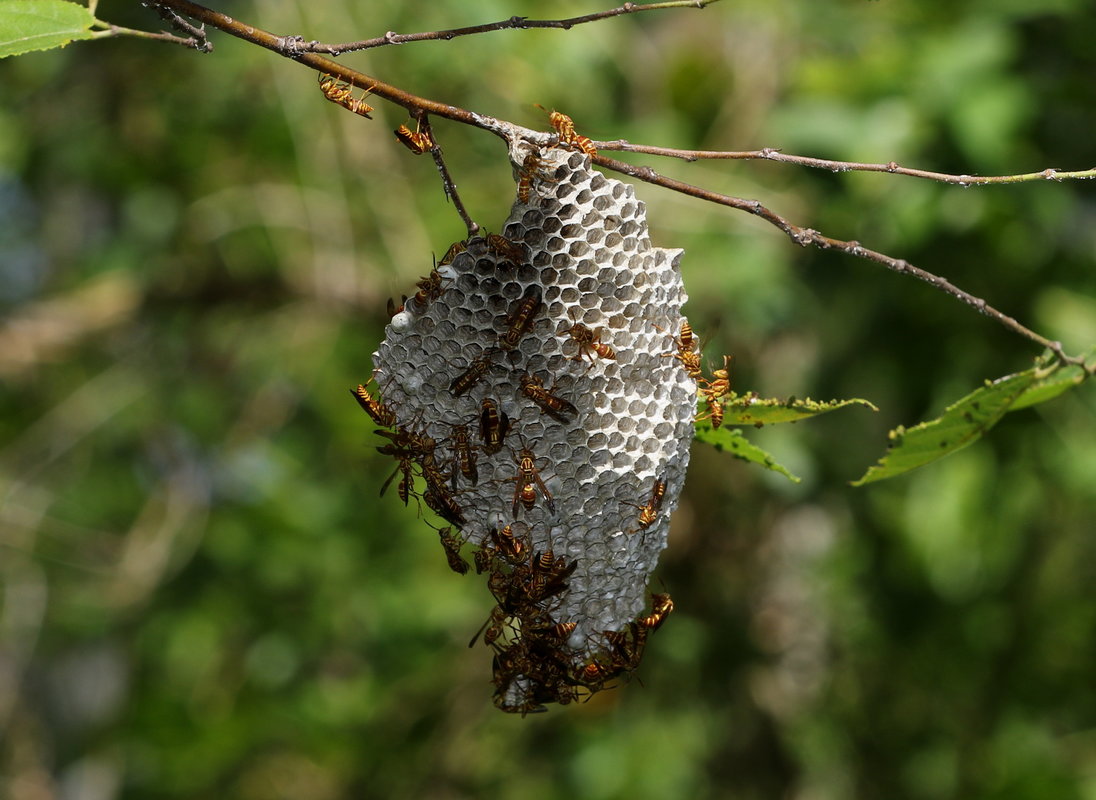
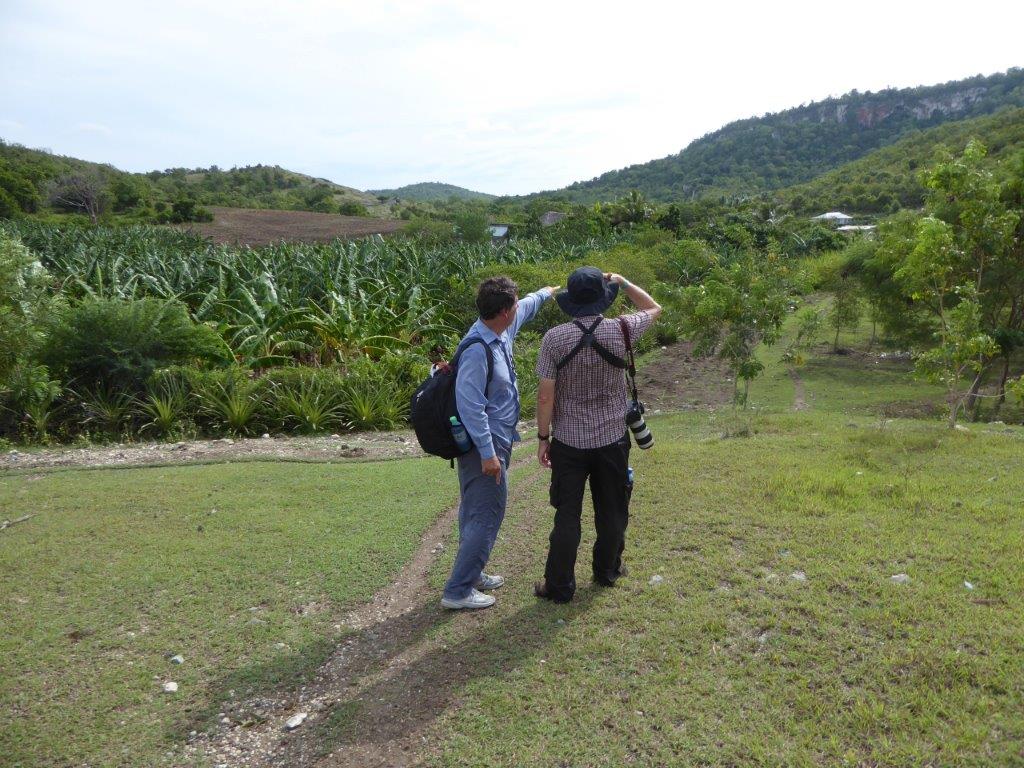
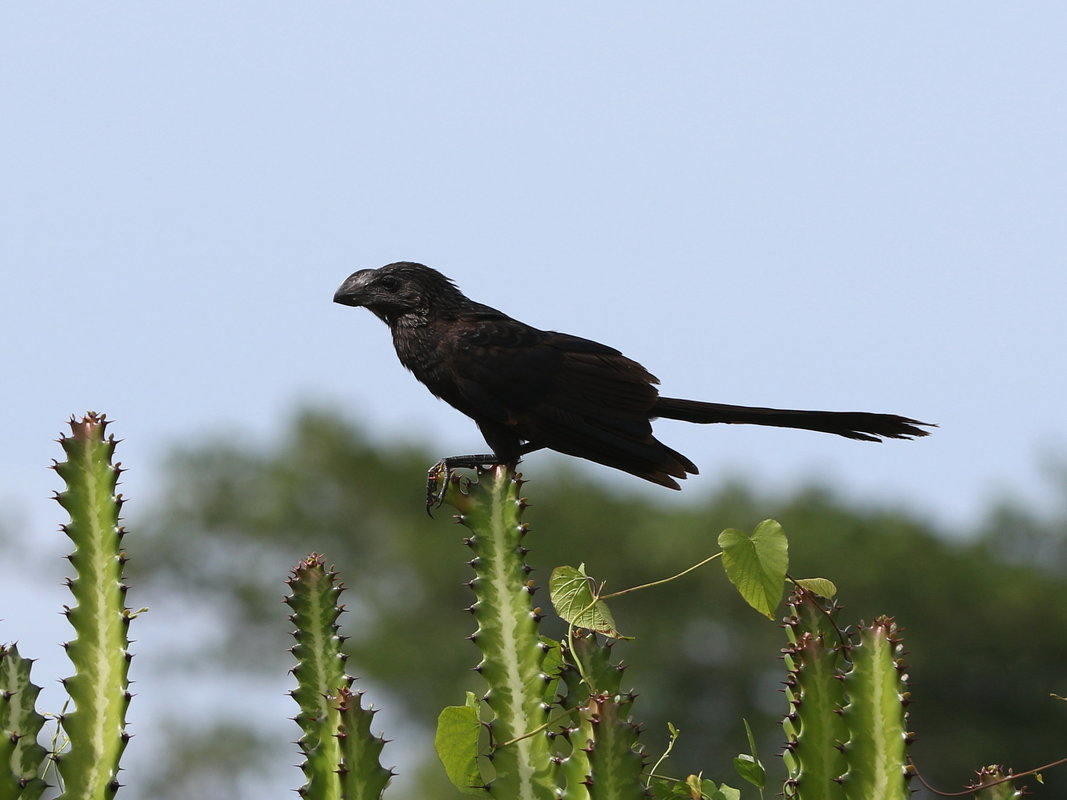


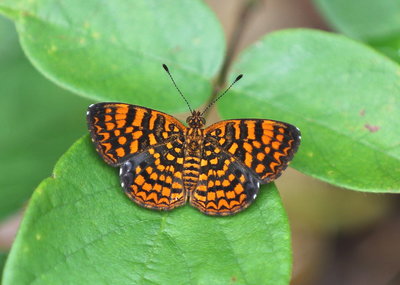
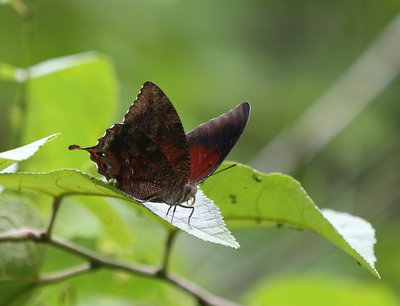
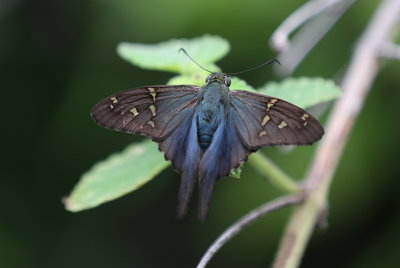
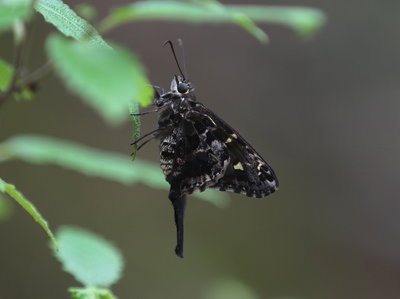
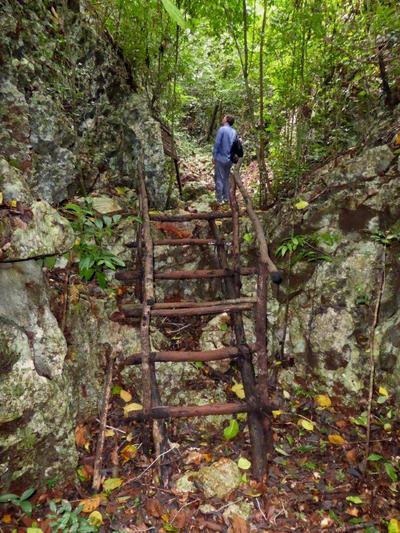
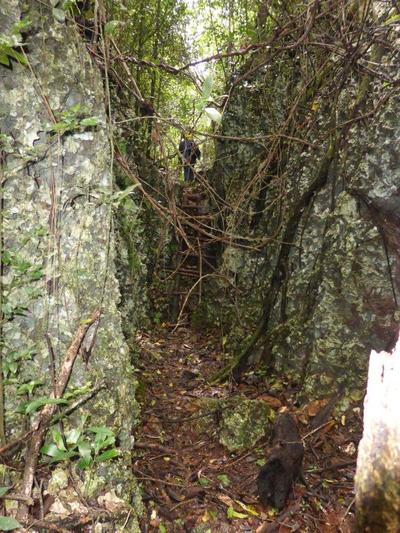
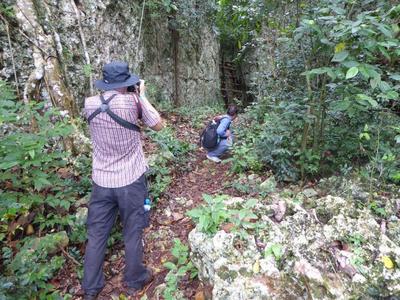
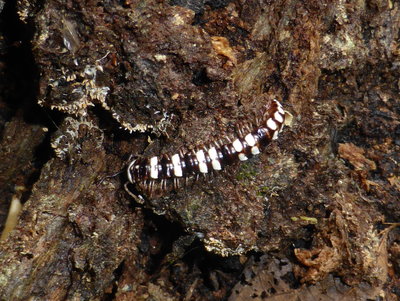
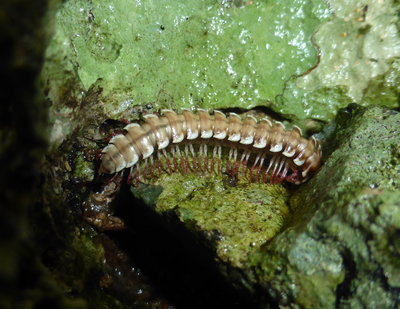
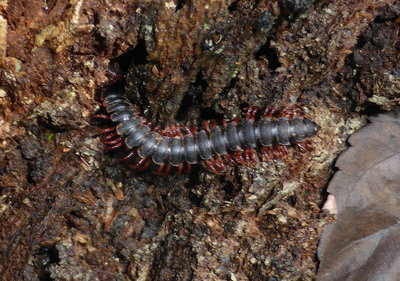
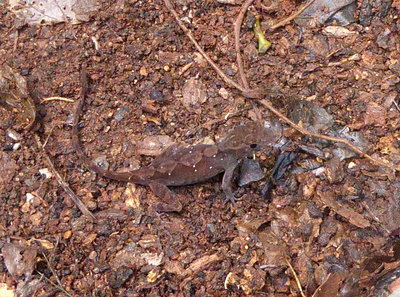
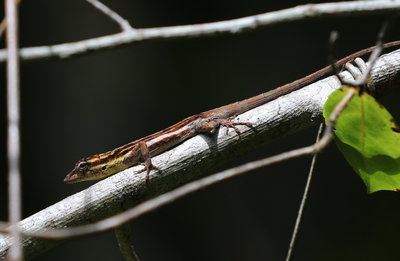
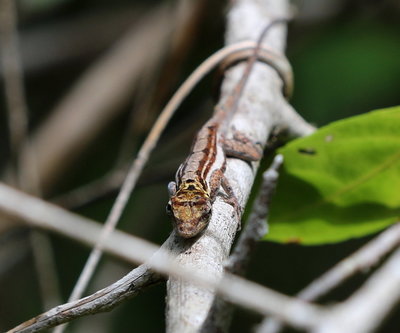
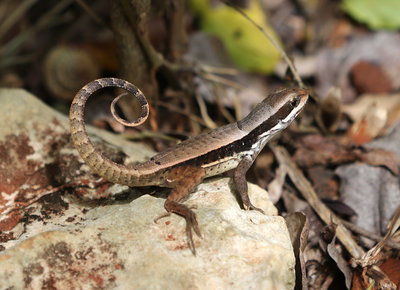
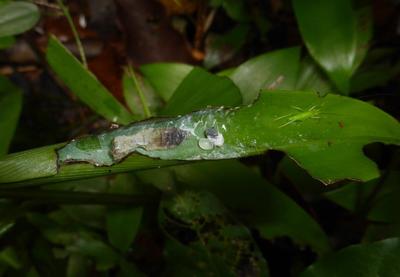
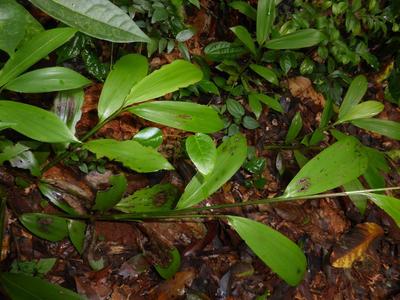
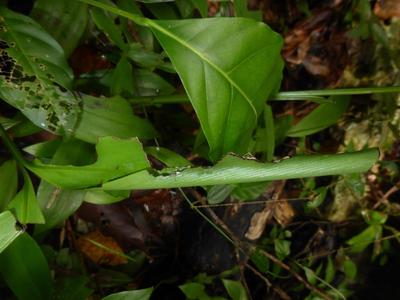
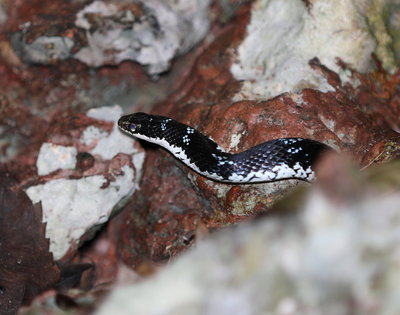
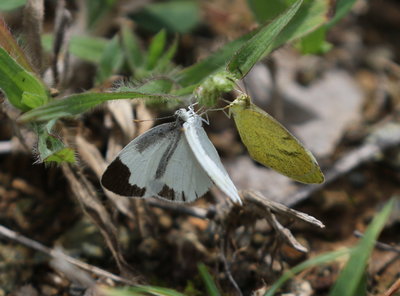
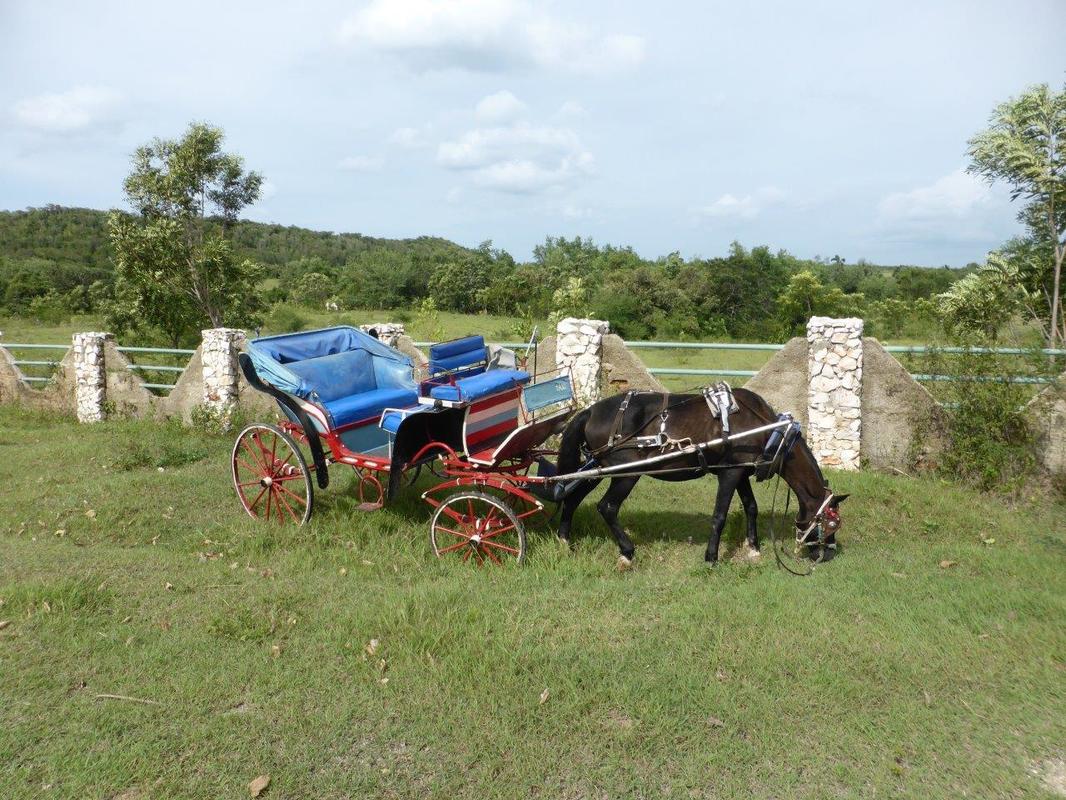
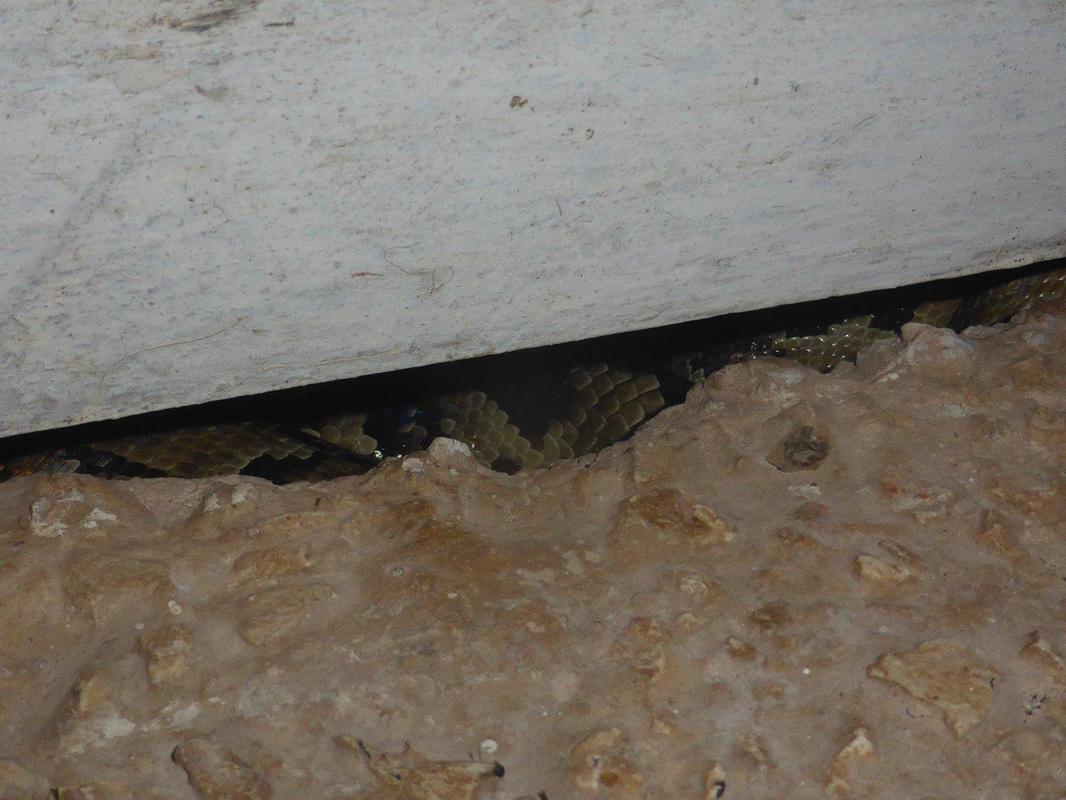
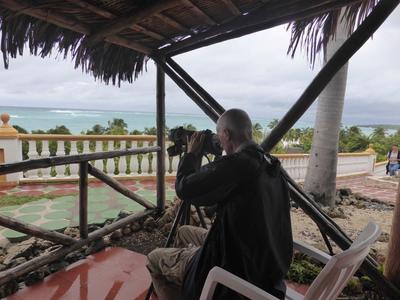
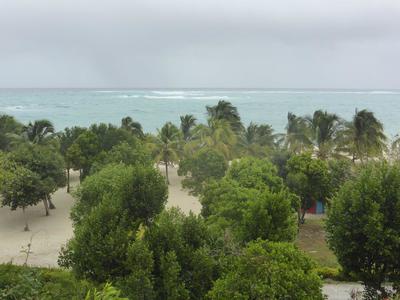
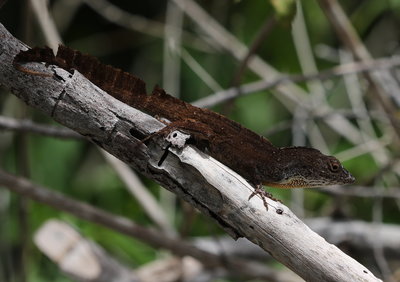
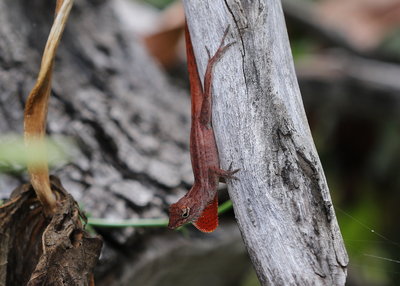
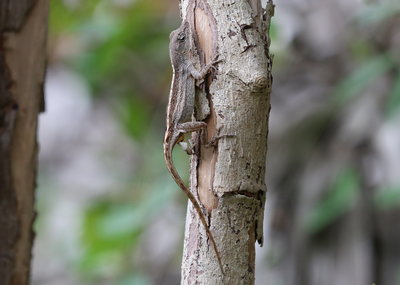
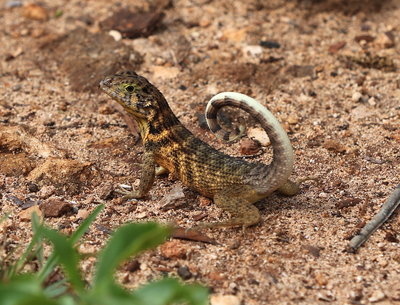
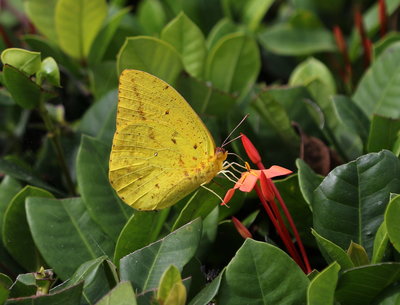
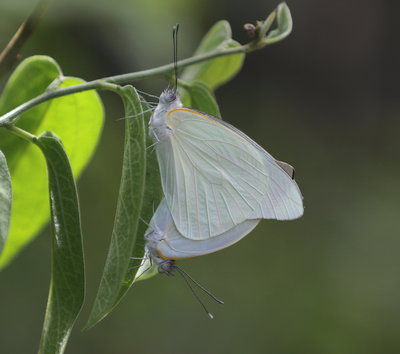
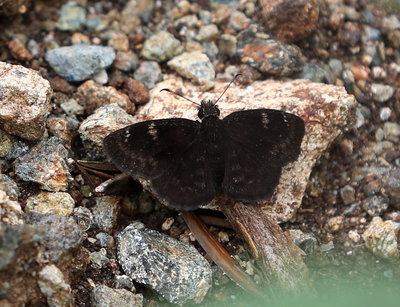
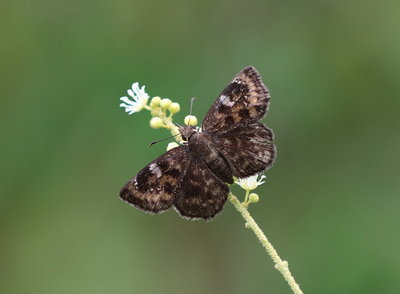
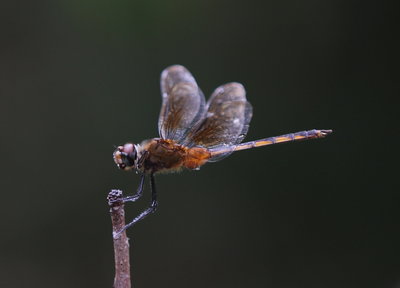
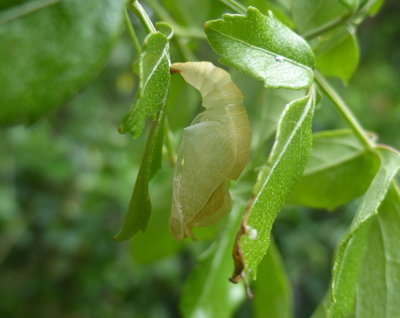
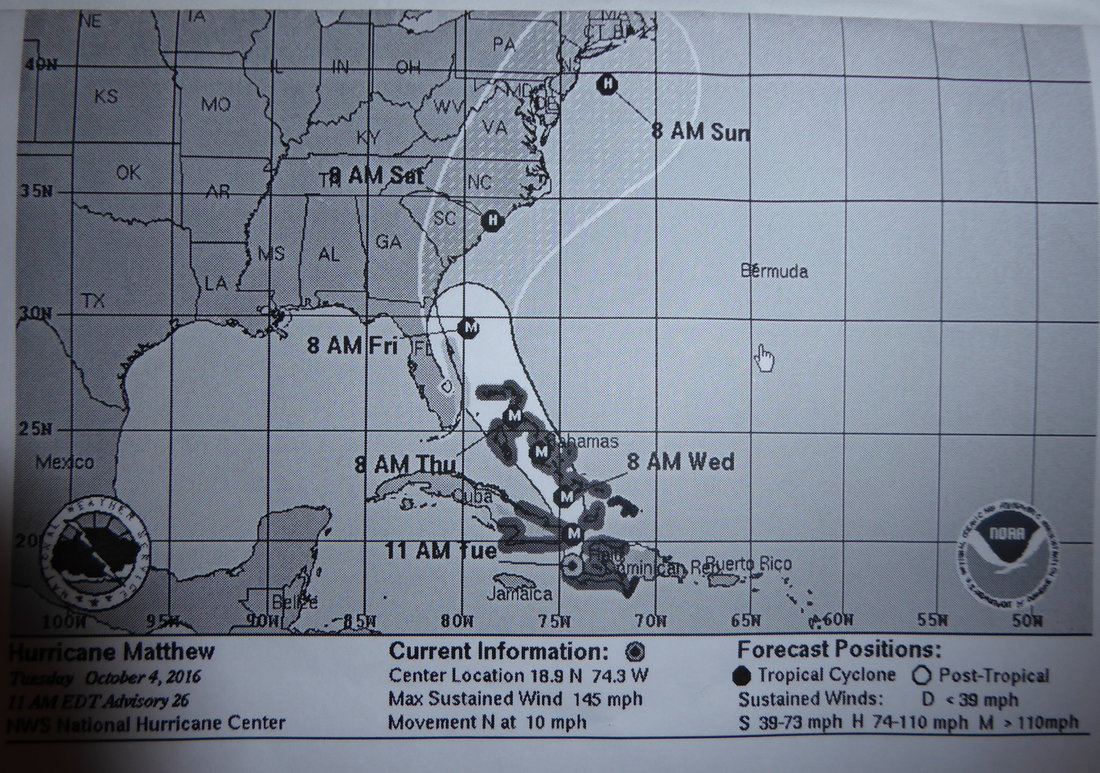
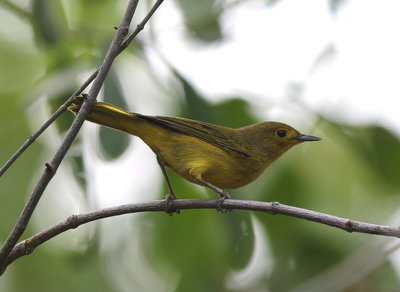
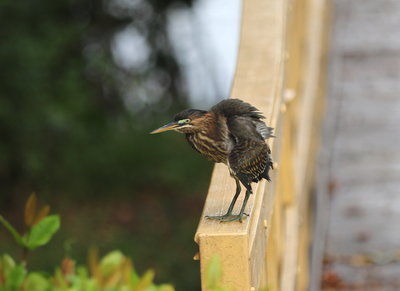
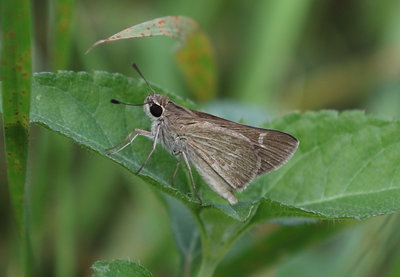
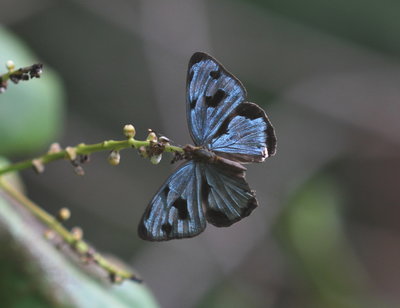
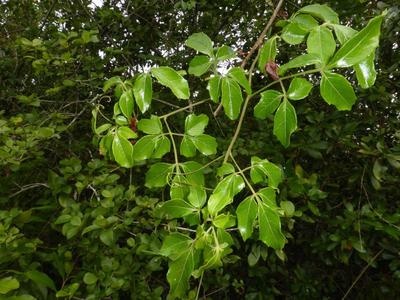
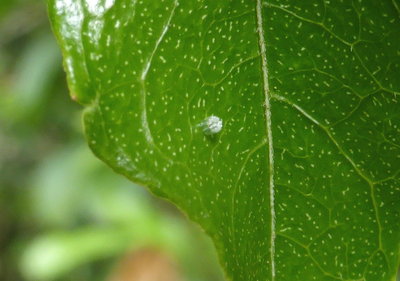
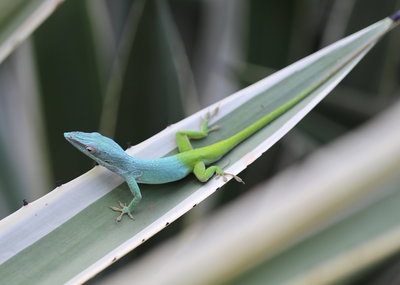
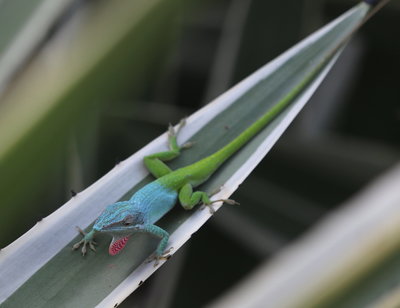
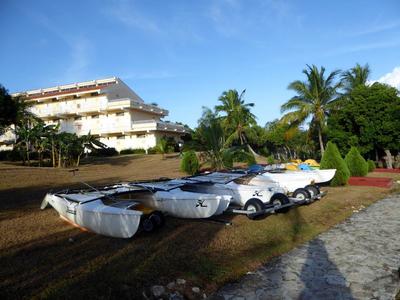
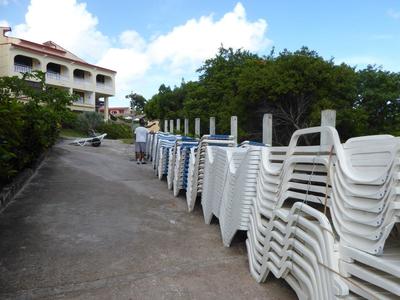
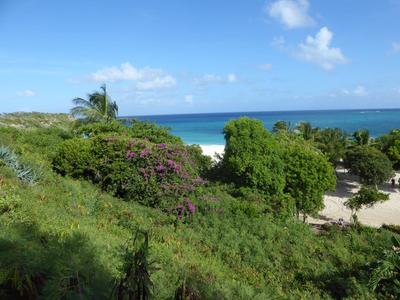
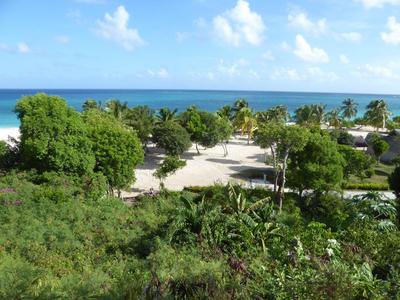
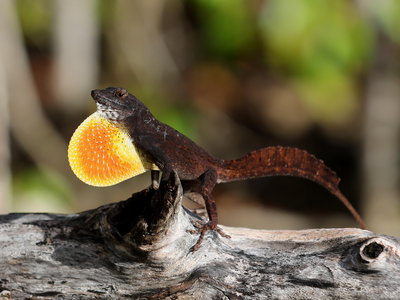
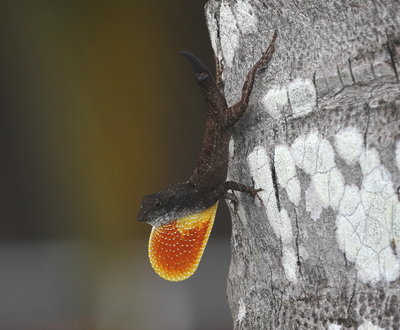
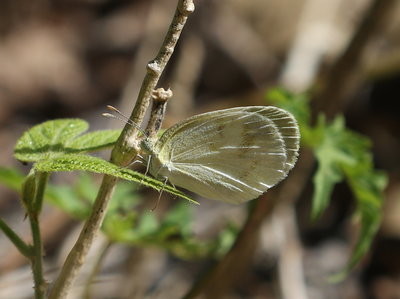
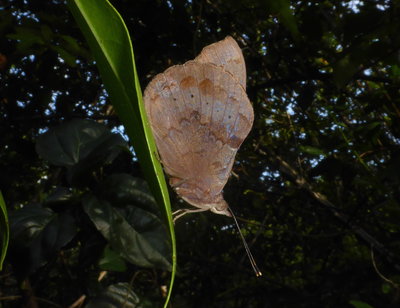
 RSS Feed
RSS Feed